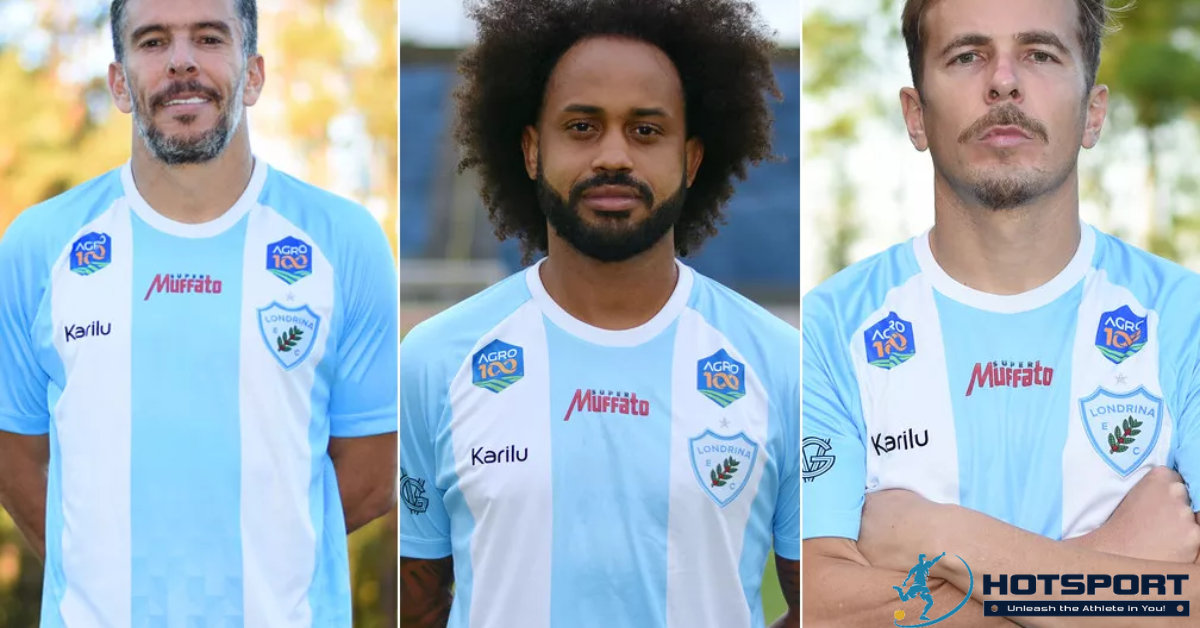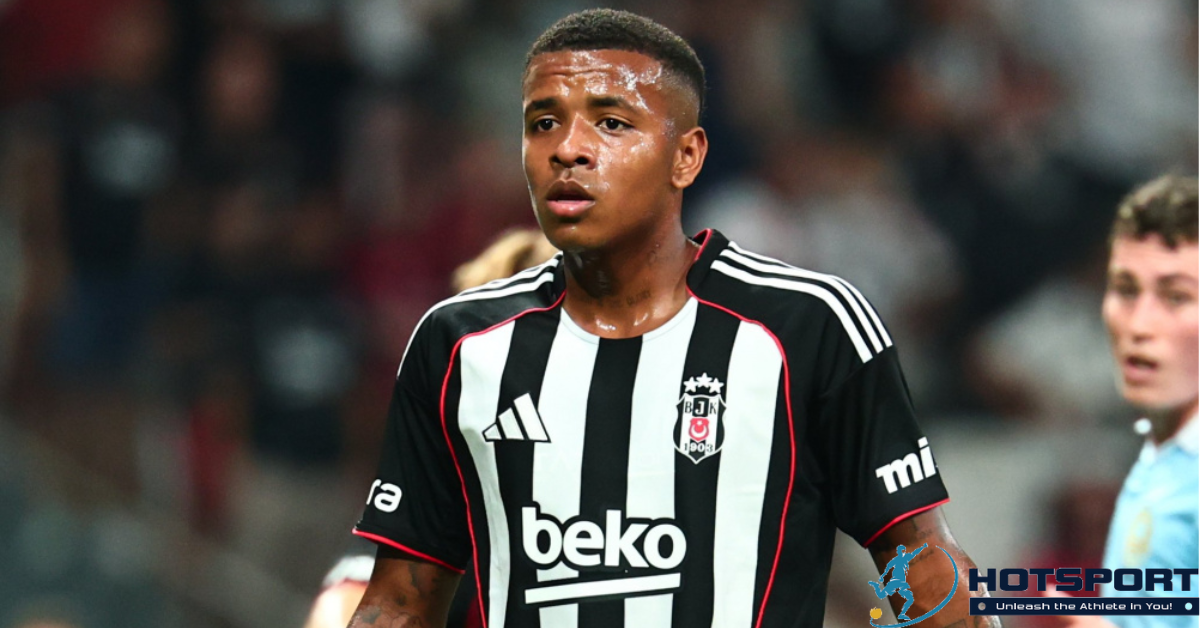Londrina Esporte Clube in the Brazilian Série C Championship
Londrina Esporte Clube, affectionately known as Tubarão (Shark), is one of the most traditional clubs from the interior of Paraná and has a storied history in Brazilian soccer. Founded on April 5, 1956, the club has achieved remarkable feats, such as winning the Brazilian Série B in 1980 and memorable participations in Série A. Currently, Londrina competes in Série C of the Brazilian Championship, a division that presents both challenges and opportunities for clubs aiming to climb the national soccer ladder. This article explores Londrina’s journey in Série C, its historical milestones, recent performance, challenges faced, and prospects for the future.
History of Londrina Esporte Clube
Origins and Foundation
Londrina Esporte Clube was born from the desire of a group of sports enthusiasts to establish a representative soccer club in the city of Londrina, located in northern Paraná. In 1956, after watching a match between Nacional and Vasco da Gama in Rolândia, they decided to found Londrina Futebol e Regatas. The blue and white colors were chosen to represent the club, which quickly became a source of pride for the city. In 1969, the club merged with Paraná Esporte Clube, resulting in the Londrina Esporte Clube as it is known today.
The “Tubarão” Nickname
The nickname Tubarão emerged in the 1970s when journalist Victor Grein Neto, inspired by Steven Spielberg’s film Jaws, published headlines in the newspapers O Estado do Paraná and Tribuna do Paraná referring to Londrina as Tubarão. The moniker gained traction after impressive victories in the 1976 Paraná State Championship against teams like 9 de Julho (5-1), Operário (4-1), and Grêmio Maringá (3-0). Radio broadcaster Rubens Fernando Cabral also claims credit for the nickname, but journalist J. Mateus, in his book Londrina Esporte Clube – 40 Years – From Giant Newcomer to Shark, credits Grein as the “father” of the mascot.
Achievements and Legacy
Londrina boasts five Paraná State Championship titles (1962, 1981, 1992, 2014, and 2020) and the national Série B title in 1980, a landmark for soccer in Paraná’s interior. Additionally, the club had standout performances in Série A, with its best result being a fourth-place finish in 1977. These achievements have solidified Londrina as the most successful club from Paraná’s interior.
Londrina in Série C: A Journey of Resilience
Early Participations in Série C
The Brazilian Série C Championship, established in 1981, is the third tier of national soccer and serves as a gateway to Série B. Londrina first competed in Série C in 2005, embarking on a journey marked by ups and downs. By 2024, the club had played 83 matches in the competition, with 34 wins, 29 draws, and 20 losses, scoring 100 goals and conceding 84.
Série C has undergone several format changes over the years. Initially, it was the lowest national division, but with the creation of Série D in 2009, it became the third tier. Londrina has adapted to these changes, facing opponents from various regions of Brazil while striving for promotion to Série B, which it achieved in 2015.
The 2015 Promotion: A Historic Moment
One of the most memorable chapters in Londrina’s Série C history was its 2015 campaign, which secured promotion to Série B for 2016. After a solid season, Tubarão faced Confiança in the decisive phase. A 2-0 victory in the first leg and a goalless draw in the second leg against Anapolina ensured Londrina’s return to the second division. This campaign was marked by consistent performances and strong support from fans at the Vitorino Gonçalves Dias Stadium (VGD).
Performance in 2024: Pursuit of Promotion
In the 2024 Série C season, Londrina delivered a competitive performance, finishing the first phase in fourth place with 30 points and securing a spot in the promotion quadrangular. The club faced opponents like Caxias, São Bernardo, and Floresta in Group B, alternating home and away matches. Despite their efforts, Tubarão fell short of promotion, with Volta Redonda, Remo, Athletic, and Ferroviária earning the spots in Série B. Nevertheless, the season showcased Londrina’s resilience, as the club overcame financial and structural challenges to remain among the competition’s top teams.
Numbers and Statistics
By 2024, Londrina had competed in five Série C editions, accumulating notable statistics:
- Matches: 83
- Wins: 34
- Draws: 29
- Losses: 20
- Goals Scored: 100
- Goals Conceded: 84
- Clean Sheets: 35 (42.16% of matches)
The club’s top scorer in Série C is Daniel Amorim, with 7 goals, followed by Bruno Batata, Adenílson, and Everton Moraes, each with 6 goals. These figures reflect Londrina’s offensive capability, even in a highly competitive tournament.
Challenges in Série C
Competitiveness and Format
The 2025 Série C, its 35th edition, features 20 clubs, with the top four earning promotion to Série B for 2026 and the bottom four relegated to Série D. The format includes a first phase with a single round-robin, where each team plays the other 19 teams over 19 rounds. The top eight advance to the promotion quadrangular, divided into two groups of four teams, with home-and-away matches. The top two teams from each group are promoted, and the group leaders contest the title.
For Londrina, Série C poses both technical and financial challenges. The competition includes traditional clubs like Ponte Preta, Náutico, and Guarani, as well as rising teams like Retrô and Maringá. The absence of teams from the North Region in 2025 and the predominance of clubs from the Northeast (eight representatives) and South (six) make the competition even tougher.
Financial Difficulties
Like many clubs from Brazil’s interior, Londrina faces financial challenges that impact squad building and infrastructure. In 2024, the president of Botafogo-PB, another Série C participant, highlighted the need to “cut into their own flesh” to reduce costs—a reality that also applies to Londrina. The club’s management has been working to balance finances while maintaining on-field competitiveness.
Fan Support
The support of Londrina’s fans is one of the club’s greatest assets. At the Estádio do Café, with a capacity of around 36,000, and the VGD, with 10,000 seats, the passion of the alviceleste supporters is a key advantage. In 1981, for example, 43,412 paying fans filled the Estádio do Café for the Paraná State Championship final, where Londrina defeated Grêmio Maringá 2-1, ending an 18-year title drought. This support remains vital in Série C.
Londrina’s Stadiums
Estádio do Café
Inaugurated on August 22, 1976, the Estádio do Café was built quickly to allow Londrina to compete in the Brazilian Série A. In its debut match, the club drew 1-1 with Flamengo, marking a historic moment. Located 4 km from downtown Londrina, near the Ayrton Senna International Racetrack, the stadium has a capacity of 36,000 and features a modern lighting system. In 2000, it hosted the Pre-Olympic Football Tournament, reinforcing its significance.
Vitorino Gonçalves Dias Stadium (VGD)
The VGD, with a capacity of 10,000, is owned by Londrina and is often used for Série C matches, such as the 2025 game against Floresta. Its proximity to fans creates an intimate atmosphere, ideal for crucial matches.
Prospects for 2025
Squad and Reinforcements
For the 2025 Série C, Londrina aims to strengthen its squad with experienced players and promising youngsters. The return of a 24-year-old defender on loan until the end of the 2026 Paraná State Championship is an example of efforts to bolster the defense. The club also focuses on its youth academy, with homegrown talents, the “crias do Tubarão” (Shark’s offspring), playing key roles.
Opponents and Expectations
The 2025 Série C will feature clubs like ABC, Botafogo-PB, Brusque, Caxias, Confiança, CSA, Figueirense, Floresta, Guarani, Itabaiana, Ituano, Maringá, Náutico, Ponte Preta, Retrô, São Bernardo, Tombense, and Ypiranga-RS. Londrina will face three new opponents in the competition: Anápolis, Itabaiana, and Retrô. Against others, such as Botafogo-PB, the head-to-head record is balanced, with one win, two draws, and one loss in four matches. Preparation for these matchups will be crucial.
Strategy for Promotion
To reach Série B, Londrina must improve its consistency in the first phase and be more effective in the promotion quadrangular. The 2024 campaign, while strong, showed that the club needs better away performances, as seen in draws against direct competitors like São Bernardo (0-0) and struggles against Caxias. The coaching staff is working on tactical strategies to maximize performance in decisive matches.
Impact on the Community
Londrina Esporte Clube is more than a soccer team; it is a symbol of identity for a city of approximately 600,000 inhabitants in 2025. Events like the 1981 Paraná State Championship final, with over 43,000 fans, demonstrate how Tubarão mobilizes the population. Additionally, the club invests in social projects and youth development, contributing to the growth of sports in the region.
Conclusion
Londrina Esporte Clube is more than a soccer club; it is a passion that unites generations and represents the pride of Paraná’s interior. In the Brazilian Série C Championship, Tubarão faces financial and competitive challenges, but its history of resilience and unwavering fan support make it one of Brazil’s most respected clubs. With a solid strategy and the talent of its players, Londrina has everything it needs to pursue promotion to Série B in 2025 and continue writing its glorious history. May the Shark keep swimming strong toward new triumphs!



